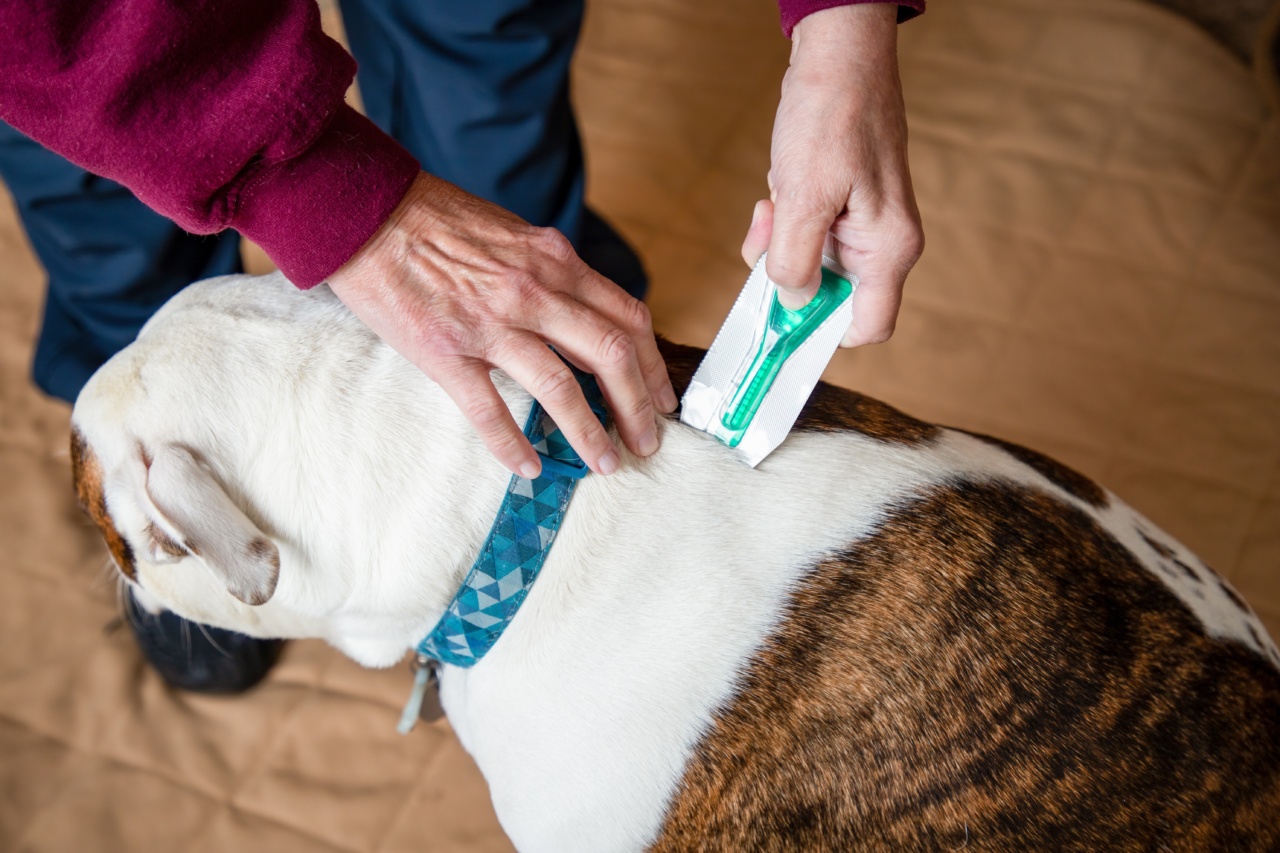Male hypogonadism is a condition in which the body isn’t producing enough testosterone. Testosterone is the hormone responsible for male characteristics, such as deep voice, facial hair, and muscle mass.
The testes produce testosterone in men, but when they don’t produce enough, it can lead to hypogonadism. This condition can affect men of any age, but it’s more common in older men.
Types of Male Hypogonadism
There are two types of male hypogonadism: primary and secondary. Primary hypogonadism is a result of a problem in the testes and can include genetic abnormalities, injury, or infection.
Secondary hypogonadism is a result of a problem in the hypothalamus or pituitary gland, which control testosterone production.
Symptoms of Male Hypogonadism
The symptoms of male hypogonadism can include:.
- Decreased sex drive
- Difficulty achieving or maintaining an erection
- Infertility
- Decreased muscle mass
- Decreased bone density
- Fatigue
- Hot flashes
Diagnosis of Male Hypogonadism
Diagnosing male hypogonadism involves a blood test to measure testosterone levels. If the levels are low, additional tests may be done to determine the cause of the condition.
These tests can include measuring luteinizing hormone (LH) and follicle-stimulating hormone (FSH) levels, as well as imaging tests to check the testes and hypothalamus or pituitary gland.
Treatment for Male Hypogonadism
The treatment for male hypogonadism depends on the cause of the condition. If the cause is primary hypogonadism, testosterone replacement therapy (TRT) may be used. TRT can be administered through injections, patches, or gels.
If the cause is secondary hypogonadism, the underlying condition may need to be treated, such as a pituitary tumor or hypothalamic damage.
It’s important to note that TRT can have side effects, such as acne, breast enlargement, and decreased sperm production. It’s also important to discuss the benefits and risks of TRT with a healthcare provider before starting treatment.
Lifestyle Changes
In addition to medical treatment, lifestyle changes can also help manage male hypogonadism. These changes can include:.
- Losing weight
- Eating a balanced diet
- Exercising regularly
- Reducing alcohol consumption
- Quitting smoking
Preventing Male Hypogonadism
While not all cases of male hypogonadism can be prevented, there are steps that can be taken to lower the risk of developing the condition:.
- Protecting the testes from injury
- Not smoking
- Maintaining a healthy weight
- Eating a balanced diet
- Exercising regularly
Conclusion
Male hypogonadism is a condition that can have a significant impact on a man’s quality of life.
If you’re experiencing symptoms of male hypogonadism, it’s important to talk to a healthcare provider to determine the cause of the condition and explore treatment options.































